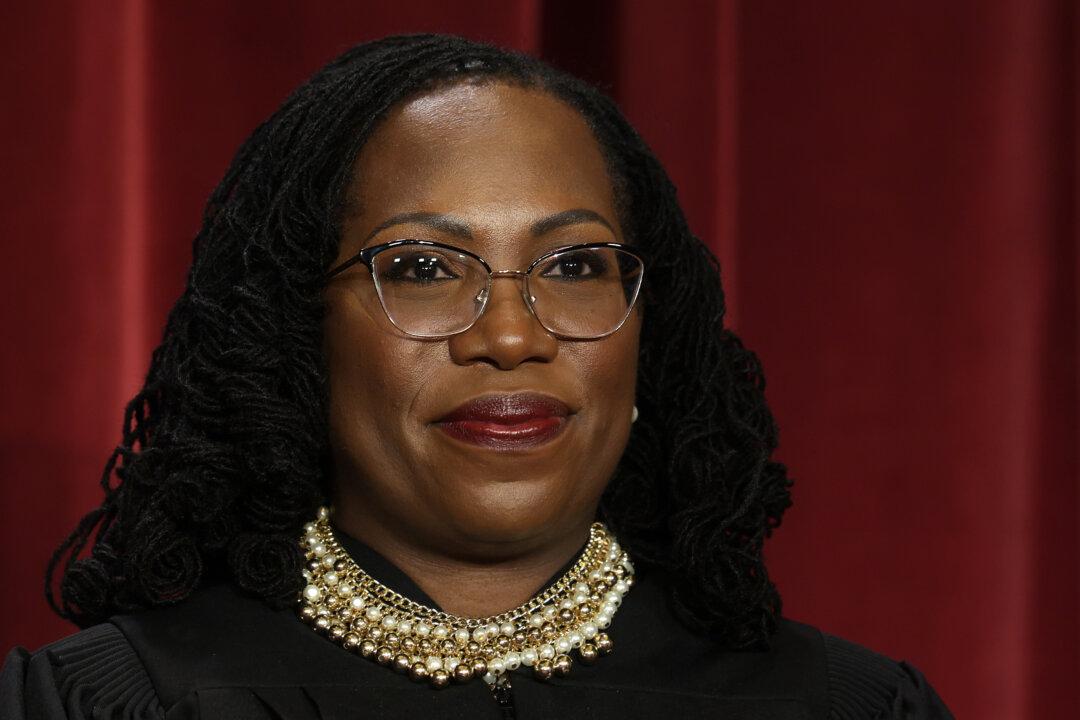News Analysis
Supreme Court Justice Ketanji Brown Jackson made a liberal imprint on the nation’s highest court during her historic first term, which concluded at the end of June.

Supreme Court Justice Ketanji Brown Jackson made a liberal imprint on the nation’s highest court during her historic first term, which concluded at the end of June.